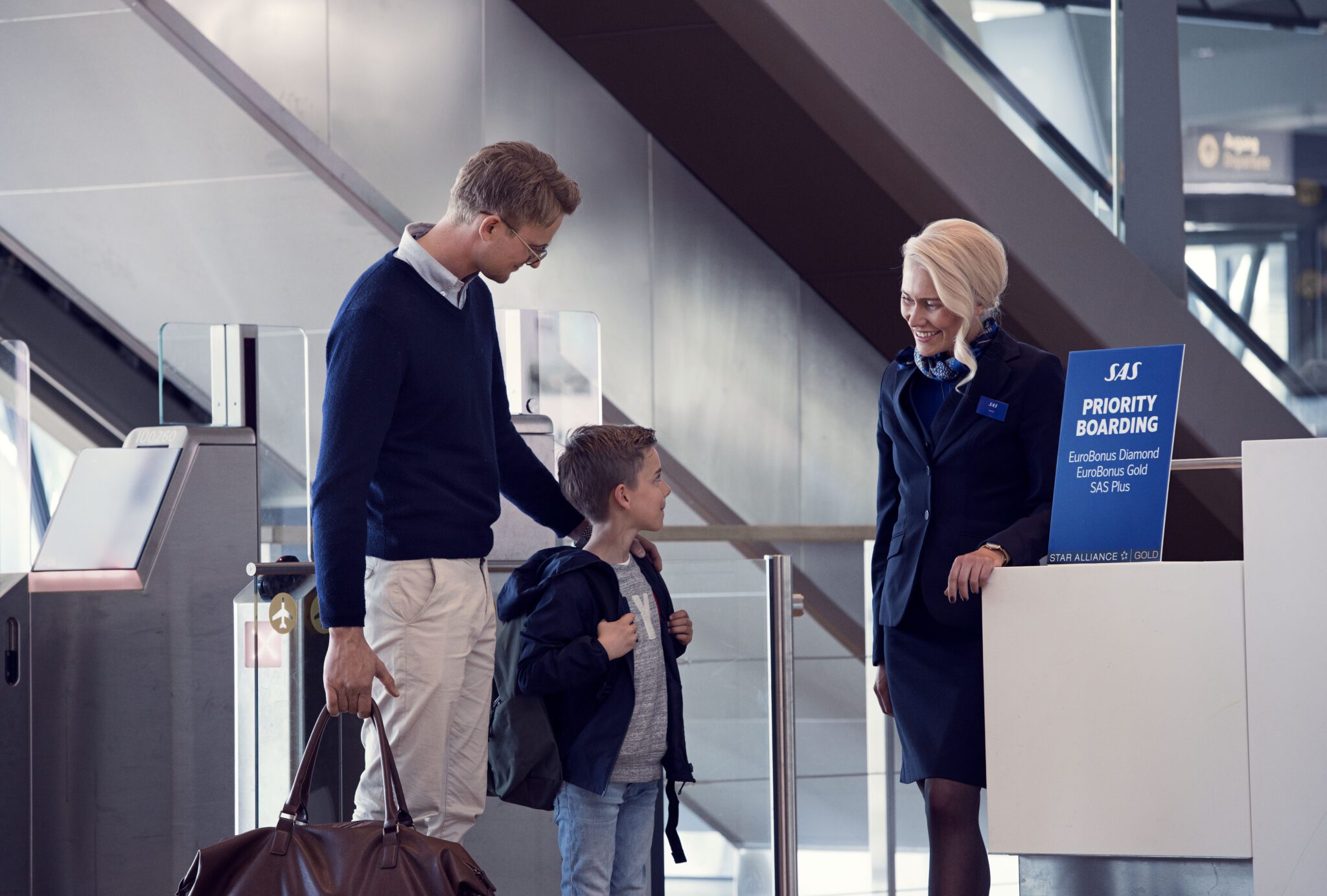Air France-KLM Now Owns 20% of SAS: 3 Big Changes to Watch

Skift Take
The Air France-KLM Group has officially become a shareholder in SAS Scandinavian Airlines. The agreement marks the conclusion of one of the year’s biggest airline deals and heralds the latest phase of consolidation in the European airline industry.
On Wednesday, the Franco-Dutch firm formally concluded its acquisition of a 19.9% shareholding in SAS. Despite being a non-controlling stake, the company will make its presence felt as soon as Sunday. In a market filing, Air France-KLM said “extensive commercial cooperation” will start from September 1.
Air France-KLM joined a consortium including Castlelake, Lind Invest, and the government of Denmark in the nearly $1.2 billion deal. The purchase forms a key part of SAS's financial restructuring that helped salvage the Scandinavian carrier from extreme financial distress. With so many moving parts in the mix, here are three key areas to watch in the coming weeks:
#1: Switch from Star Alliance to SkyTeamWith Air France-KLM a cornerstone of the SkyTeam group of airlines, and SAS a founding member of rival Star Alliance – something had to give. On September 1, SAS will formally join SkyTeam. This major shift has implications across multiple areas, but one of the biggest is loyalty programs.
SAS says reciprocal frequent flyer benefits will start on September 1. The agreements cov

